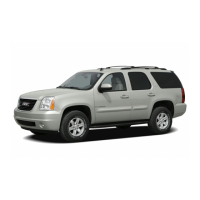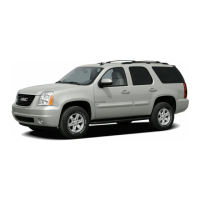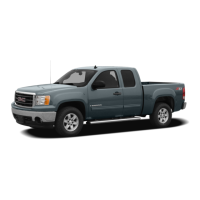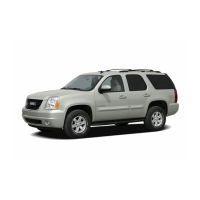Double-Clutching
You must use the double-clutching method when
you shift an unsynchronized gear set. Disengage
the clutch, shift to neutral and engage the clutch.
When upshifting, slow the engine until the engine
rpm and road speed match. When downshifting,
accelerate the engine until the engine rpm and road
speed match. Then quickly disengage the clutch
and move the shift lever to the next gear position
and engage the clutch.
Clutch Brake (Vehicles with
Non-Synchronized Transmission)
A clutch brake is used to stop transmission input
shaft turning so that FIRST (1) or REVERSE (R)
gear selection can be initiated when the vehicle is
at a standstill and the engine is idling.
Press the clutch pedal all the way down to the
floorboard to apply the clutch brake.
When using the clutch brake, disengage the clutch
pedal and shift the transmission into either the initial
starting gear or REVERSE (R). If the tooth-butting
occurs between the clutching teeth, re-engage the
clutch while applying light pressure to the shift
lever. This will provide for a smooth shift into either
FIRST (1) or REVERSE (R) gear.
Notice: Using the clutch brake for shifting
into any gear other than FIRST (1) or
REVERSE (R) may cause premature wear of
the clutch brake and make gear shift effort
more difficult. Do not use the clutch brake
for shifting after engaging FIRST (1) or
REVERSE (R).
Power Take-Off (PTO)
Your vehicle may be
equipped with power
take-off (PTO). The PTO
switch is located on
the instrument panel.
An indicator in the switch comes on to show PTO
is active.
79

